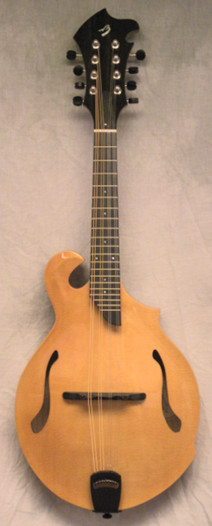Howdy guys/gals -
I’m new to this site, but I’ve been fighting my way through learning the mandolin for 6 months or so now. It’s been a tough road, learning music, beat, notes, tabs, fingering…etc etc.
Well anyway, I’m working my way through Ben’s Mandolin Rhythm section and I’m lost on the C chop chord. Oh I can get all the strings, but I can’t seem to figure out a part of my hand to mute the E string with… Is there a 4 finger C Chop chord? Cause I’d rather do that then sit here night after night struggling to find a muting pattern.
I’ve got small hands and very thin fingers. In fact my pinky barely covers the two G strings, I’ve noticed the bottom G string is often not getting held down completely, leading to bouts of “ahh hell”.
So first, is there a 4 finger C chop chord? If so what is it please.
If not, well… I’m all ears for suggestions, I’m trying really hard to stay patient (one of the many things I like about Ben is he’s always so patient in his videos, I know cause even after 10 viewings he doesn’t get frustrated with me  )
)
Matt
 )
)
 Learn something new every day!
Learn something new every day!